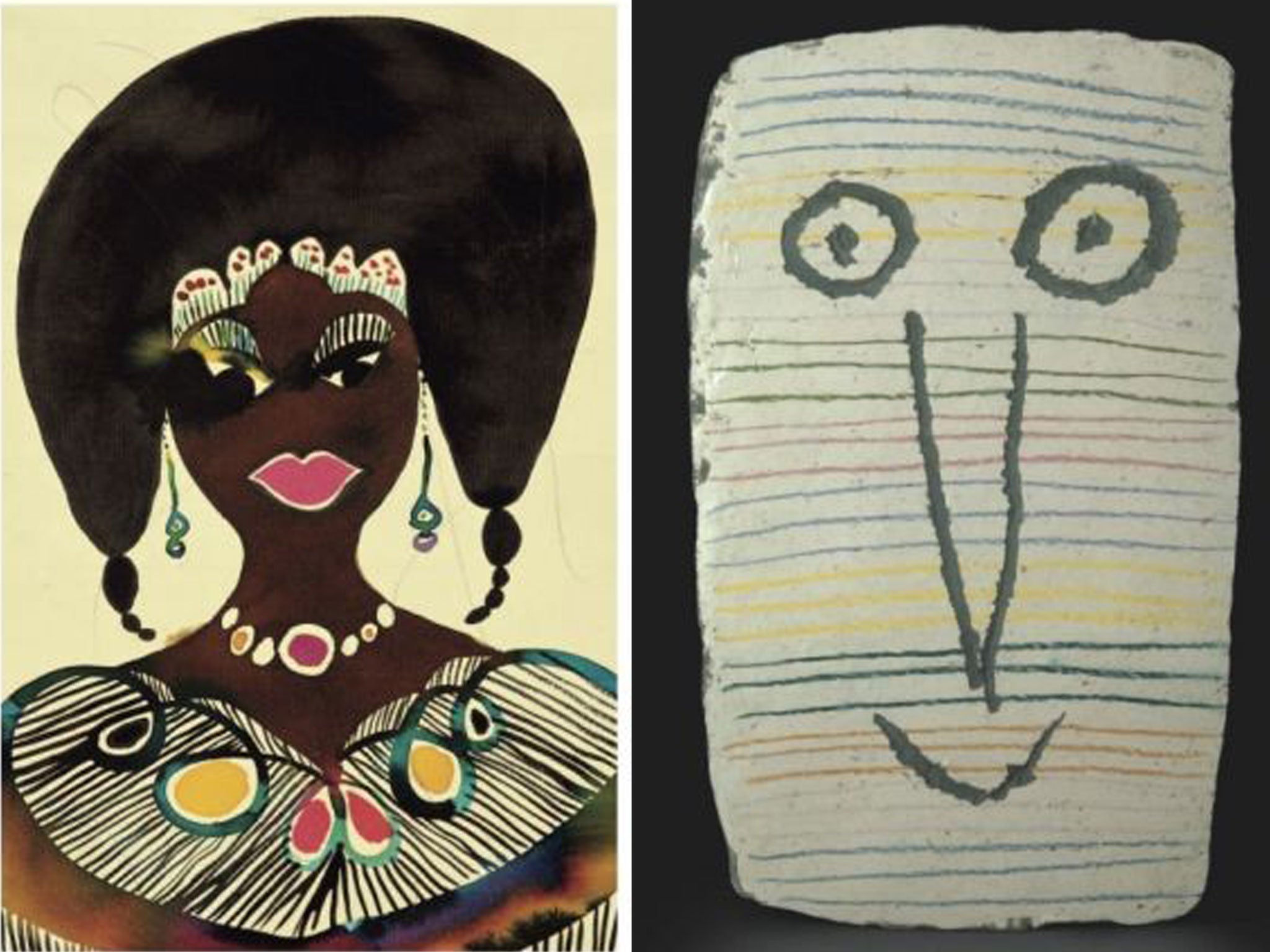
A few years ago now, former Goldman Sachs employee-turned-venture-philanthropist Yana Peel noticed that her toddler son had become fascinated by a piece of art hanging in the family home. Sara Walking, by Julian Opie, the artist who found widespread acclaim after designing the cover art for Blur: The Best Of, featured a traffic light-like outline of a woman doing precisely what its title suggested: walking.
“He was mesmerised,” Peel says. “My son's maternity nurse deduced that this was a primal reaction well documented in babies, who are naturally drawn to the sharp contrast of black and white.”
Peel was intrigued, and investigated further, learning from childcare expert Dr Miriam Stoppard that it is indeed a primal, evolutionary sense that all newborns come pre-programmed with.
Peel had left the world of high finance in 2003 to co-found something called the Outset Contemporary Art Fund, which supports upcoming artists. In the light of her infant-related discoveries, she exposed her young son to more works, convinced she was on to something. In 2008, she published a book of toddler-friendly portraits called Art for Baby. “It did catch my baby's attention, but some of the pictures are a bit strange” read one considered review on Amazon.
It has now spawned a follow-up. Art for Baby: Faces brings together a series of facial images created by some of our most internationally renowned artists, among them Grayson Perry, Jeff Koons and Chris Ofili, whose Untitled, from Afromuses (Couple) from 1995-2005 is pictured above right. There is even a vintage Picasso here. “We decided it was time to extend the concept into the world of portraiture,” Peel explains, “stimulating even the youngest of children with an artistic practice whose roots are likely to be found in prehistoric times.”
Picasso's inclusion, Lastre au Visage Gravé (above left), from 1948-50, looks prehistoric itself, a deliberately crude version of a smiley face carved into rock. Others, particularly Opie's and Ofili's, are softer and warmer, cuddly palliatives seemingly tailor-made for their target audience.
“Human faces,” according to Dr Stoppard, “are the most important thing a baby and young child sees. Looking at them helps their intellectual, emotional and psychological development.”
Peel suggests the book could promote early cultural appreciation in children. If she's right, though, it would mean a future generation of self-appointed art critics, arguably the very last thing the modern world needs.
'Art for Baby: Faces' is published by Templar Publishing
Subscribe to Independent Premium to bookmark this article
Want to bookmark your favourite articles and stories to read or reference later? Start your Independent Premium subscription today.

Join our commenting forum
Join thought-provoking conversations, follow other Independent readers and see their replies